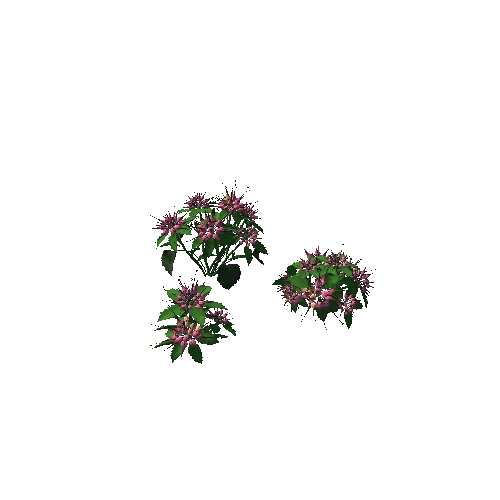Select or drop a image or 3D model here to search.
We support JPG, JPEG, PNG, GIF, WEBP, GLB, OBJ, STL, FBX. More formats will be added in the future.
Asset Overview
*Didelphis virginiana* (Kerr, 1792)
People often misunderstand the opossum’s place in the ecosystem. They focus on the species’ more peculiar traits, such as its long snout or unique defense mechanisms, including growling, hissing, or “playing dead.” But opossums are also fascinating and beneficial.
For example, an opossum’s body temperature is too low for the rabies virus to survive, and the species is immune to numerous toxins, including snake venom. Opossums eat ticks for breakfast (or lunch, or dinner), helping to control tick populations and reduce the spread of Lyme disease. The average life span of an opossum is just 2 years; even opossums in captivity have short lives. With a small window for reproduction, they give birth to large litters. Female opossums have pouches in which to carry their young, but once they are older the babies sometimes ride on the mother’s back while she hunts.
Scanner: Artec Spider
Image by Hailey Majewski, Digital Asset Developer, CMNH
















